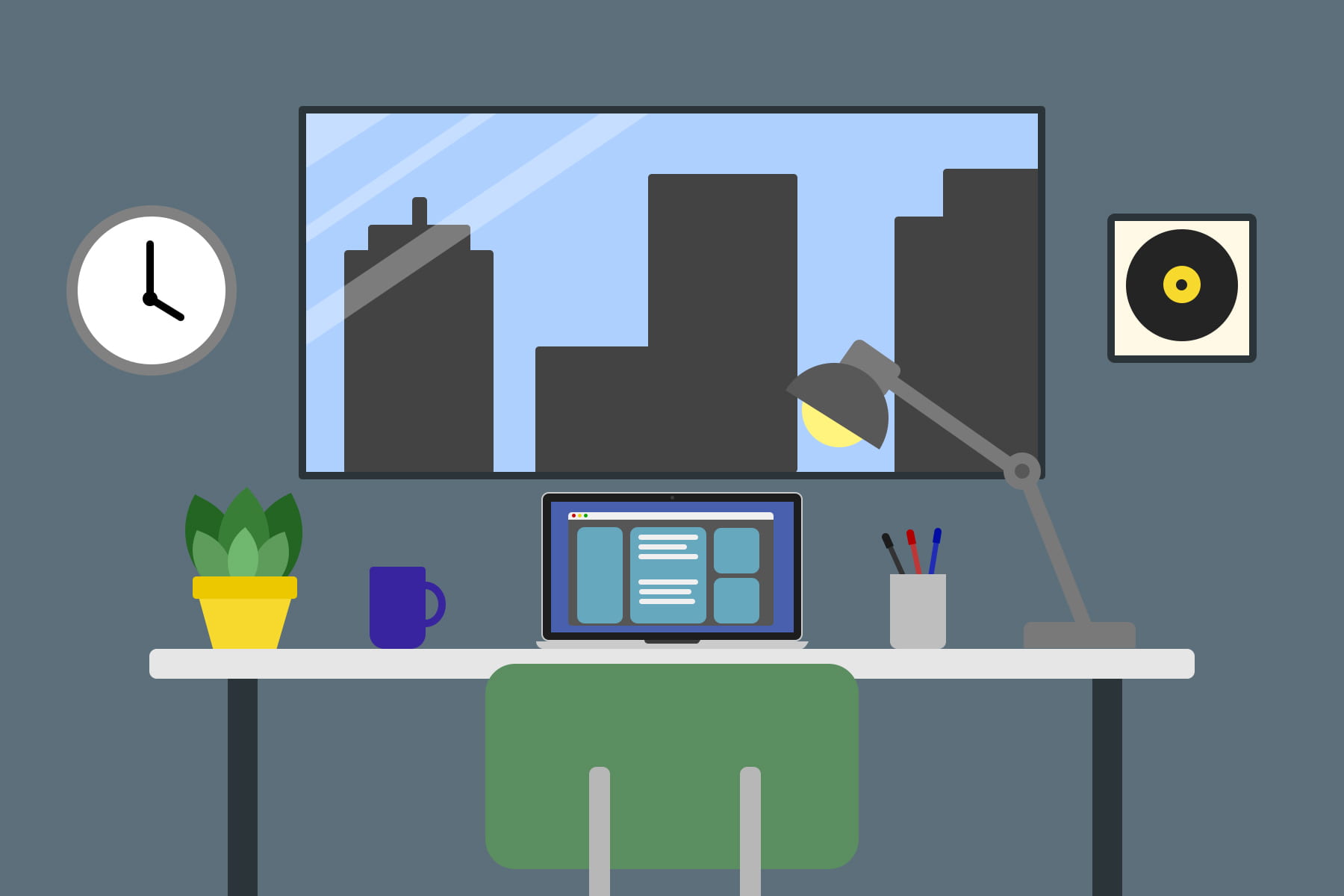
Couches are turning into classrooms, and students are sleeping in their “office” as a majority of classes have switched from in person to online. Credit: Donovan Collins | For The Lantern
Couches are turning into classrooms, and students are sleeping in their “office” as a majority of classes have switched from in person to online.
Online course offerings increased from 6 percent in fall of 2019 to 49 percent in the fall of 2020. Blended offerings have increased from 3 percent to 21 percent with in-person instruction decreasing from 91 percent to 30 percent, according to a report from the Academic Affairs, Student Life and Research Committee. In light of this reality, many students are struggling to find their new normal in their suddenly at-home classrooms.
Emily Needham, a third-year in philosophy, politics and economics, lives with two roommates in an apartment off campus.
For Needham, transitioning from in-person classes to now having a majority of them online has been a challenge. Before, Needham said she frequently utilized campus spaces to do school work, but now she is trying to be more cautious because of the pandemic.
“The one thing that I do miss is being able to go to the library and just get a big table and spread out. Because I can’t do that here, and last year I would spend like — I would probably do 90 percent of my homework at the library, so this is much different for me,” Needham said.
Being a philosophy, politics and economics major, Needham said her classes require a lot of books, and under normal circumstances, she would check them out at the library. But this year, to prepare for another possible campus shutdown, she said she brought more books with her from home.
All of these books are now crammed on her desk, as there is no other place for them in her small apartment. Because of her apartment’s size, Needham said the only place she is able to fit her desk is in her room, which can make staying on task difficult sometimes.
“My bed’s right behind me, that’s the worst part about working at home. And when you’re at the library, I always have the mentality of like ‘I’m here to do my work. I walked all the way here so I’m just gonna do it,’” she said. “It’d be silly to go to the library to watch Netflix.”
Needham is just one of many students who are redesigning their living spaces to accommodate their classroom needs, but according to Melinda Rhodes-DiSalvo, associate director of the Drake Institute for Teaching and Learning, there are ways students can make the most out of their new learning environments.
“It’s all about organization, about structure and then also about physical spaces,” Rhodes-DiSalvo said. “And so really thinking about those things as a student before you get too far into the semester is positive.”
Rhodes-DiSalvo said another challenge many people are facing is having to share their workspaces with the people they’re living with, but designating a space for school can be helpful.
“I think it’s really important to have a place where you know you go to do this particular type of work,” she said. “You know, making sure that you have your technology ready to go, making sure that you have enough space for textbooks, for notebooks.”
For students attending Zoom sessions, Rhodes-DiSalvo said it’s important to find a comfortable place at home that will be the most conducive to finishing school work. In addition, she said lighting and background are also very important to consider if students plan to turn their cameras on.
Rhodes-DiSalvo said there are downloadable Zoom backgrounds on Ohio State’s website for students or faculty who do not have a good backdrop.
Despite the difficulties of working from home, Needham said there are a few things she’s done to improve her workspace, such as positioning her desk at a window — where a number of succulents are lined on the windowsill.
“I am pretty happy with how I have everything set up and I have the wall in front of my desk, I just covered in posters and stuff and I purposefully put my desk by a window so it feels pretty nice and calming,” Needham said. “I don’t go outside so much anymore, so that keeps my area feeling alive and, I don’t know, less boring.”


